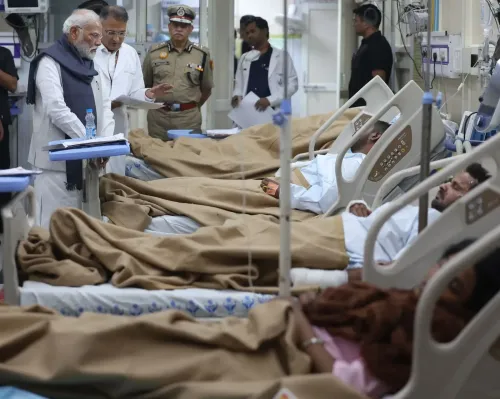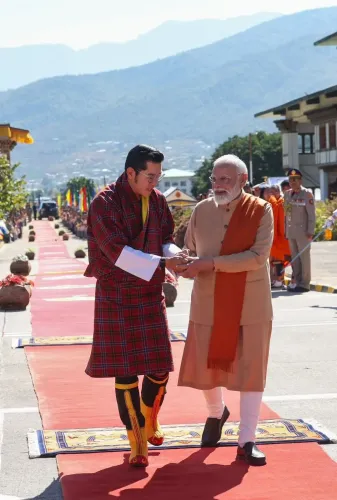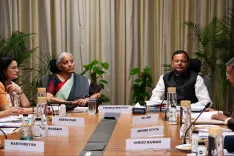Did PIB Fact Check Really Debunk Fake Delhi Blast Image?

Synopsis
Key Takeaways
- PIB Fact Check quickly debunked false information regarding the Delhi blast.
- The viral image was linked to an Israeli airstrike, not the Delhi incident.
- Authorities are taking action against accounts spreading misinformation.
- Public urged to verify claims through official sources.
- Understanding the impact of misinformation is crucial during crises.
New Delhi, Nov 10 (NationPress) As chaos and misinformation spread following Monday evening's tragic car explosion near the iconic Red Fort in Delhi, the Press Information Bureau's Fact Check division quickly stepped in to dispel a viral myth.
In a late-night update on X, PIB revealed a widely shared image—depicting a massive fireball and mushroom cloud—was being incorrectly represented as footage from the Delhi explosion.
The bureau clarified that this image actually originates from an Israeli airstrike in Beirut's Dahiyeh suburb on September 27, 2024.
"Certain propaganda accounts are disseminating an outdated image on social media, falsely asserting it is related to the blast in Delhi," PIB stated.
"PIBFactCheck: The image is from a 2024 blast in Lebanon, not from Delhi." The post also included a direct link to a Lebanese news source (mtv.com.lb) confirming the image's original context: "A new Israeli airstrike targeted Beirut's Dahiyeh."
This misinformation emerged within an hour of the 6:52 pm explosion, which resulted in eight fatalities and over 25 injuries near Gate No. 1 of Lal Qila Metro Station.
Numerous unverified accounts, including some with verified blue checkmarks, amplified the Lebanon image with captions such as "Delhi under attack" and "terror returns to the capital."
By 9 pm, the misleading visual had amassed over 1.2 million impressions, inciting panic and conspiracy theories ranging from foreign meddling to domestic sabotage.
PIB's prompt action coincided with Home Minister Amit Shah's visit to the blast site and Lok Nayak Jaiprakash Hospital, while Prime Minister Narendra Modi, President Droupadi Murmu, and Uttar Pradesh CM Yogi Adityanath expressed their condolences. The Delhi Police advised the public to refrain from sharing unverified content, cautioning that such posts might "hinder ongoing investigations."
Fact-checkers noted that the Lebanon blast image—originally linked to escalating Israel-Hezbollah tensions—had been repurposed multiple times in 2024, including during unrelated incidents in Syria and Iraq.
Authorities have flagged over 40 accounts for distributing the false image, with actions under IT regulations forthcoming.
Meanwhile, the NIA and Delhi Police Special Cell are actively investigating the actual explosion. As the nation mourns, PIB reiterated: "Always verify such claims through credible and official sources before sharing."









